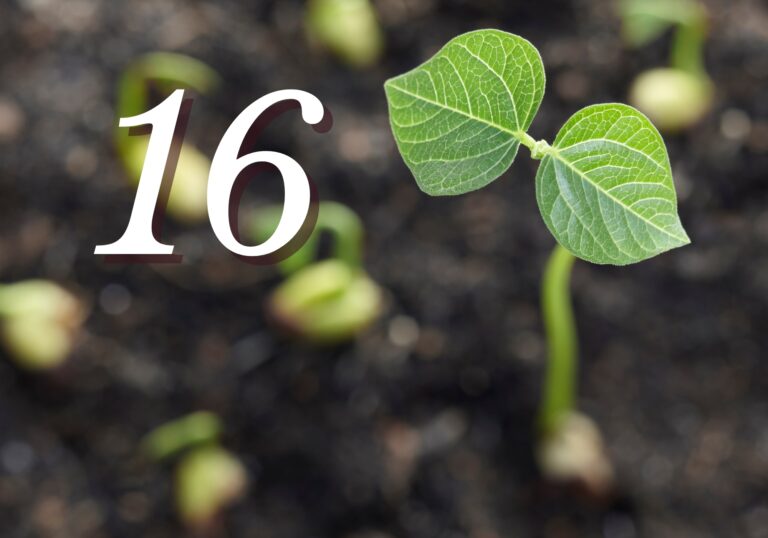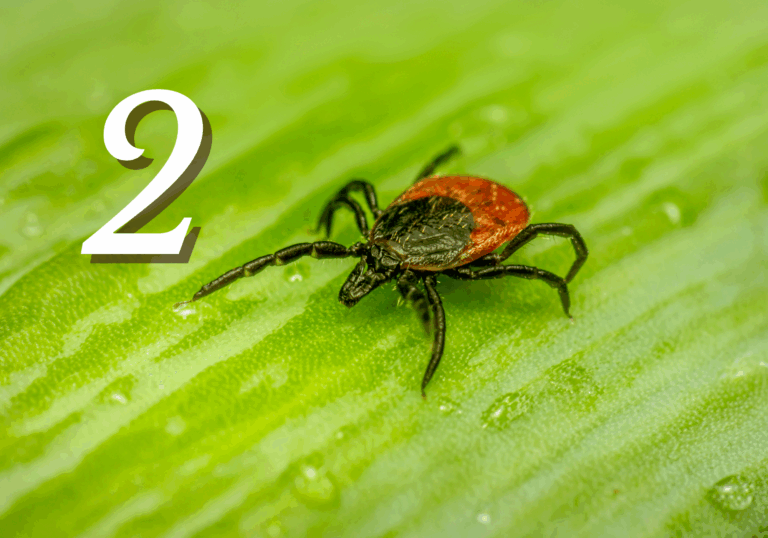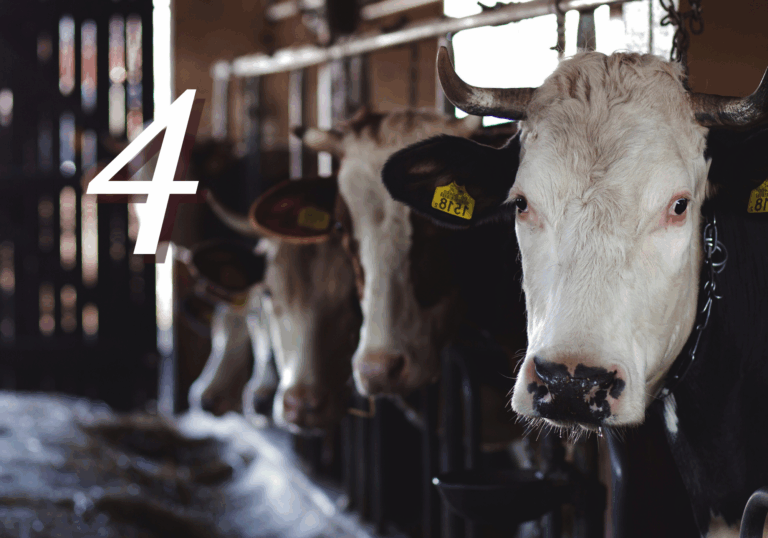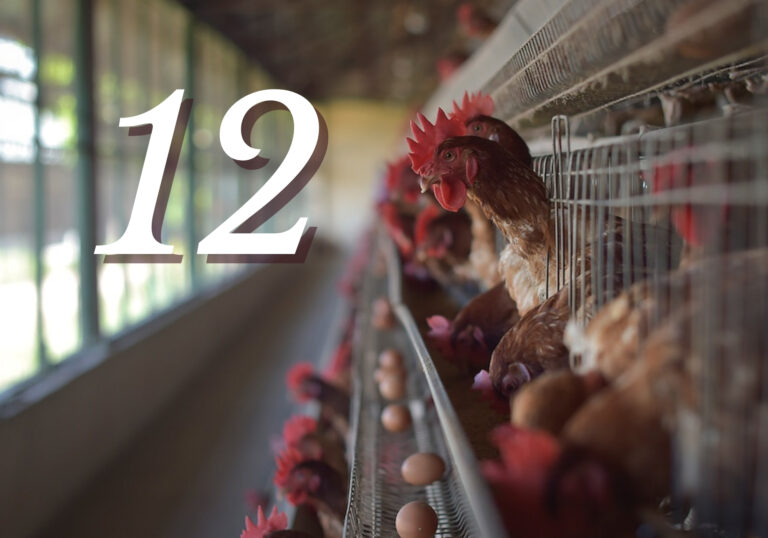Soil Health
Federal farm subsidies are part of the Farm Bill budget, but right now, the subsidies are mostly being used to pay farmers to only grow monocrops (soy and corn primarily) and use chemicals that harm soil long-term.
In 2019, 96% of subsidies for planting went to monocrops, while only 4% supported fruits and vegetables. This focus hurts our soil and the food we eat.
Here’s why — and how we can fix it by supporting soil health instead.
Problem 1: Subsidies Push Monocropping
Monocropping is when farmers grow the same crop (or alternate single crops) every year. It fails to return trace elements and other nutrients to the soil. Subsidies make it cheaper to grow corn or soy, so farmers stick to them. But this wears out the soil. Soil loses nutrients, organic matter, erodes and can’t grow nutritious food. Healthy soil needs different crops to stay strong.
Problem 2: Ignoring Soil-Building Practices
Planting a cover crop is done with no intention to harvest it, but instead to protect and improve soil by reducing erosion, increasing organic matter, suppressing weeds, enhancing nutrient cycling and water retention and (depending what you plant) fixing nitrogen, bringing it from the air to the soil. Planting a cold weather crop that will grow and provide “green manure” yet die off so it does not interfere with spring planting allows farmers to harvest their yearly crop yet put in a second crop to give back to the soil.
By investing in a greater diversity of crops and soil-building practices, we can grow nutritious food, protect the environment, and support farmers as well. A win-win-win solution!
Crop rotation (moving where different crops are planted in a several year rotation pattern) and resting the soil from time to time also improve the soil. But subsidies rarely pay for these practices. Instead, they fund chemical fertilizers that harm the soil microbiome and the crops that grow in it.
Problem 3: Healthy Food Gets No Help
Subsidies focus on crops for processed foods or animal feed, not the fruits and vegetables we should be encouraged to eat. This makes healthy food expensive and harder to grow, even though top-notch soil could produce more nutritious crops for everyone.
A Better Way: Subsidies for Soil Health
Imagine if subsidies helped farmers build better soil instead of chasing quick profits.
Here’s how:
Redirect subsidies so that farmers are incentivized to use methods that address soil degradation, a critical issue affecting 75% of global land.
Subsidies would incentivize adoption of sustainable practices, reducing reliance on chemical inputs that harm long-term productivity.
Newly developed soil amendments that include specific bacteria may even be able to break down harmful chemicals left in the soil from pesticides or sewage sludge that was applied as manure, as well as potentially produce vitamins that humans require but cannot produce ourselves. Keep an eye out for such products, which are being actively studied.
Why It Matters
Healthy soil grows better food, healthier livestock, and healthier humans. Federal subsidies that prioritize soil health would help to mitigate the type of soil depletion that led to the dust bowl, would fight erosion and even save water—which is held better by healthy soil with lots of organic matter. Redirecting subsidies to soil health could make farming sustainable, like building a strong house instead of a shaky one. It’s a win for farmers, eaters, and the planet.
The Bottom Line
Federal subsidies today result in harm to our soil and reduced food quality. By investing in a greater diversity of crops and soil-building practices, we can grow nutritious food, protect the environment, and support farmers as well. A win-win-win solution!






